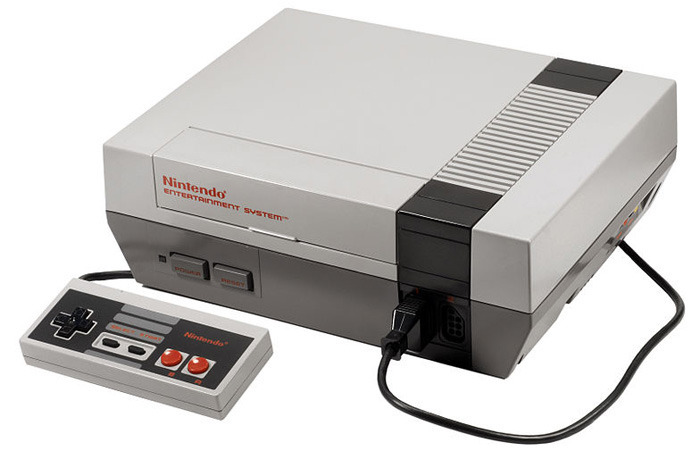NES Classic recalls simpler, happier days for Nintendo


The original Nintendo Entertainment System launched a dominant era for Nintendo.
Video games are dead. That was the prevailing feeling in 1983, when a glut of middling titles ruined what had been an exploding market for the Atari 2600 and its plucky rival Intellivision. But that all changed in 1985 with the stateside debut of the Nintendo Entertainment System.
The release of the NES Classic, a miniaturized throwback to a pioneering game console, provides a great context to look at the company's video game ascendancy and current struggles. The NES transformed Nintendo and the industry. It established Nintendo's first-party game prowess, marking the debut of many video game franchises and characters that the company has been reintroducing for decades. The NES also pioneered the business model of licensed title revenue.
But it also introduced precedents that would become double-edged swords for the company. The NES was originally supposed to be produced by Atari, but Atari bowed out and Nintendo went it alone. Years later, Sony was to collaborate with Nintendo on an optical disc-based game system, but Sony eventually set out on its own path for its own console. That product, the PlayStation, dethroned Nintendo. The PlayStation's strong third-party game library was in part a reaction to Nintendo's strict licensing requirements that helped propel its early success.
The NES also had to grapple with a prevalent game platform of the day: the PC. Its sales were compared to that of the Commodore 64. Indeed, it was originally envisioned as a full-fledged personal computer itself, taking intent cues from predecessors ColecoVision and its Adam computer and Intellivision's Keyboard Component. Nowadays, Nintendo's 3DS handheld and forthcoming Switch face far more formidable platforms of iOS and Android smartphones.
Paradoxically, the release of the retro plug-and-play Classic represents some fresh thinking for the company. Nintendo has long emphasized the sale of software over hardware, making its classic titles available via virtual consoles on its most current home consoles. In contrast, the NES Classic -- which costs roughly 50 percent more than the latest iteration of the conceptually similar Atari Flashback series -- cannot be upgraded to play more games. That said, there's strong reason to believe that, if the Flashback series is any precedent, the well-received Classic will set the table for sequels that include more games or perhaps even spur development of a throwback SNES or Nintendo 64.
The NES Classic is a diversion for Nintendo fans embracing a simpler time before the company began grasping at hardware differentiators such as dual screens, 3D, motion control, second screens and, soon, hybrid home/portable functionality. It may also help to create a diversion for Nintendo itself, which can bank on some feel-good nostalgia this holiday season between the fading Wii U and the uncertainty of the forthcoming Switch -- and as it begins to more seriously reach out for coins from the smartphone world with Super Mario Run.